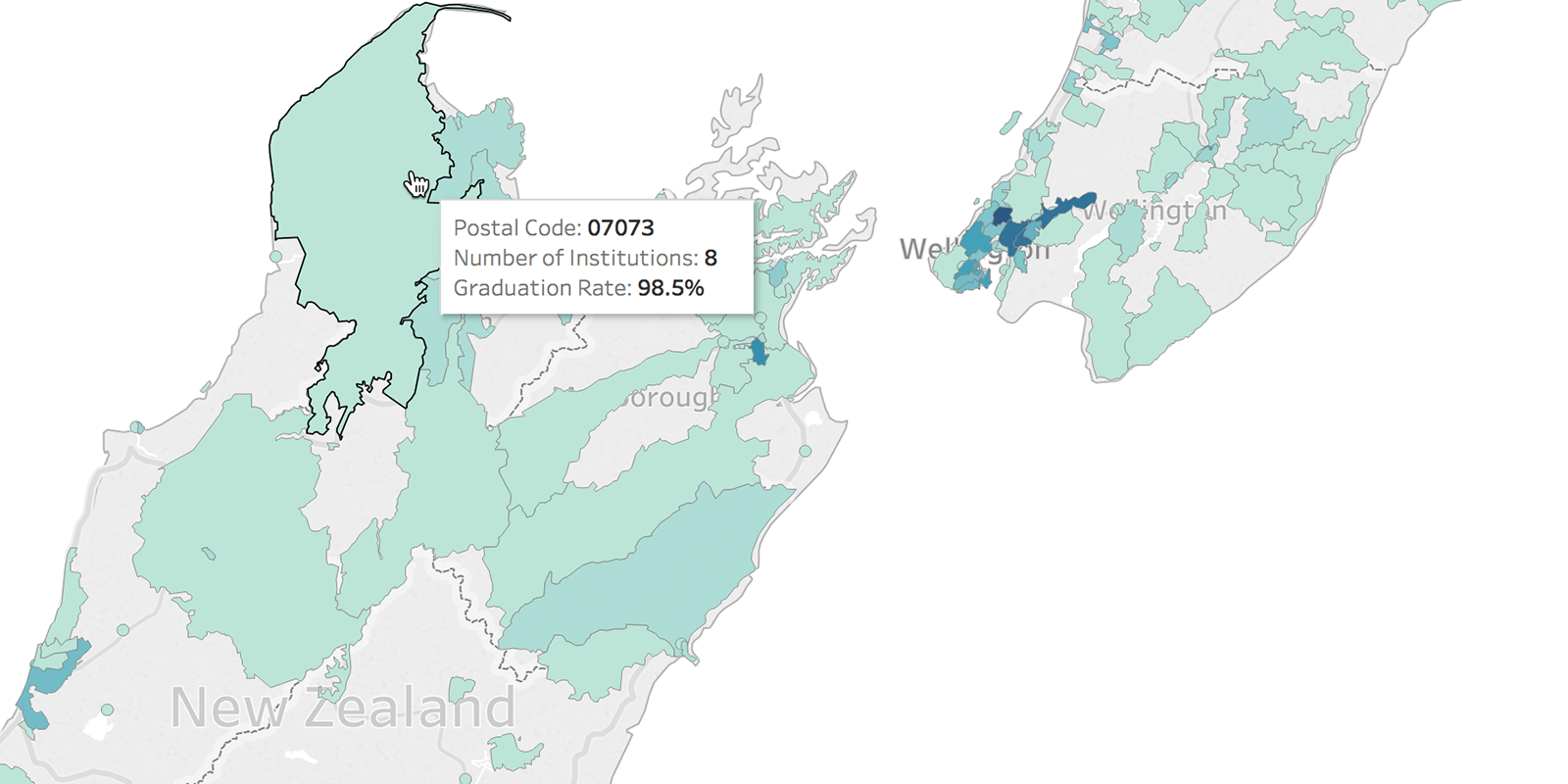

Color was distributed evenly across all values. For example, the map you created in the Build the map view section used the Tableau default color distribution. The distribution you specify for the color of the polygons highly affects how people interpret your data. Your map updates to show state boundaries for additional context over the county data.

Click Color, and then drag the opacity percentage from 80% to 0%.

From the State layer on your Marks card, set the mark type to Map.Now you can see two layers on your Marks card: State and Country. From the Data pane, drag State to the worksheet and drop it on to Add a Marks Layer.You can add additional spatial context, such as state boundaries, by adding another layer to your map. There is an obesity percentage for each polygon (county) on the map view. On the Marks card, click Color and then, under Effects, click the Border drop-down and select None. In the Edit Color dialog box, click the color drop-down, select Orange, and then click OK. On the Marks card, click Color and select Edit Colors. Since the data in this field is already a percentage, it does not make sense to aggregate it as a sum. On the Marks card, right-click the Percent-2012 field and select Attribute. Note that the default aggregation for the Percent-2012 measure is SUM by default. The map view changes to a filled map mark type and the polygons are colored green.

There is now a data point for every county in your data source.įrom the Data pane, under the countyObesity$ folder, drag Percent-2012 to Color on the Marks card.
TABLEAU PUBLIC MAPS PLUS
On the Marks card, click the plus icon on the State field to drill down to the County level of detail. In the map view, select the Alaska and Hawaii data points, and then click Exclude on the tooltip that appears. A map view is created with a data point for each state in your data source. State is added to Detail on the Marks card and Longitude and Latitude are added to the Columns and Rows shelves. In the Data pane, under the State, County folder, double-click State.
TABLEAU PUBLIC MAPS DOWNLOAD
To follow along with this example, download the Create Choropleth Maps in Tableau Example Workbook (Link opens in a new window) from Tableau Public, and open it in Tableau Desktop. One or more geographic units (dimensions with geographic roles assigned) Latitude (continuous measure, latitude geographic role assigned) Longitude (continuous measure, longitude geographic role assigned) Stateīasic map building blocks: Columns shelf: It contains columns for State, County, and Obesity Percent - 2012. The following table is a snippet of the countyObesity + (Obesity_State_County) data source, which is included in the Create Choropleth Maps in Tableau Example Workbook (Link opens in a new window) on Tableau Public. For more information, see Create Tableau Maps from Spatial Files (Link opens in a new window).
TABLEAU PUBLIC MAPS HOW TO
Follow the example in this topic to learn how to set up your data source and build the view for a choropleth map. This topic illustrates how to create a choropleth map using an example. For example, you are likely to have a higher count for sales in regions with a higher count of people. Counts are often related to size or population for regions. Note: When using aggregated data, be careful when using counts. For more information, see Create Territories on a Map (Link opens in a new window). They can even be custom territories created in Tableau. These polygons can be counties, regions, states, or any area or region that can be geocoded in Tableau. These types of maps are called choropleth maps, or filled maps.Ĭhoropleth maps are best for showing ratio or aggregated data for polygons. You can create maps in Tableau Desktop that show ratio or aggregated data, similar to the example below.


 0 kommentar(er)
0 kommentar(er)
